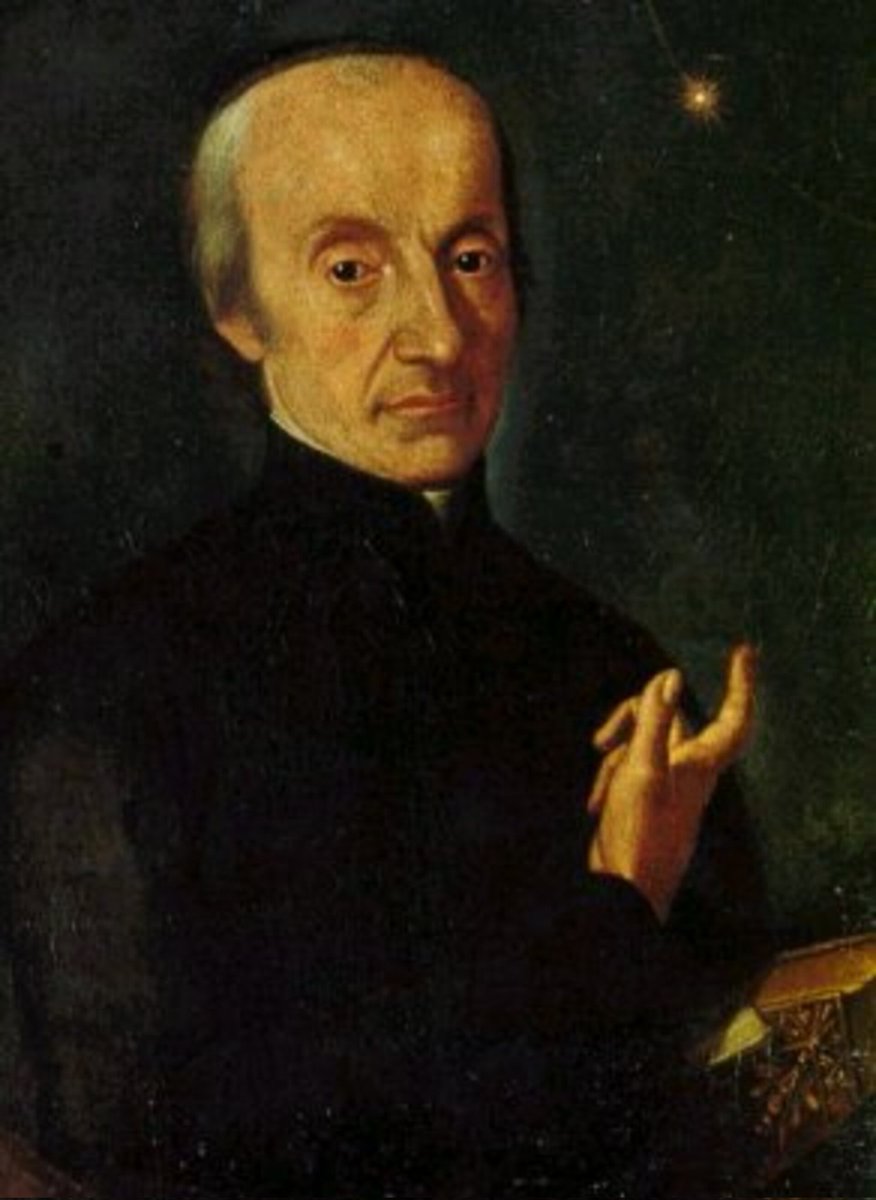
Extragalactic astronomer | Co-presenter @AwesomeAstroPod | Public speaker | Managing Editor @FifthStarLabs Sky Guide 🌌 | Infrequently BBC 📺 & 📻 | TedxCardiff
How to get URL link on X (Twitter) App


 First up is this spiral boy near the bottom of the image. Look at that defined arm, with a definite flocculent disk around it. Hints of a second too! Is that a colliding neighbour to its right? And a foreground edge-on spiral to the left?
First up is this spiral boy near the bottom of the image. Look at that defined arm, with a definite flocculent disk around it. Hints of a second too! Is that a colliding neighbour to its right? And a foreground edge-on spiral to the left? 

https://twitter.com/DrJeniMillard/status/1503306075789045760The Messier Catalogue, a collection of the brightest and most accessible objects of the night sky, came about quite accidently in the late 1700s. Charles Messier (photo) was a comet hunter, but he kept coming across things decidedly comet like (fuzzy, nebulous) but stationary


 2) Physician assistant Hayley Arceneaux - survivor of childhood bone cancer and now employee of St Jude Children Research hospital, the very place that saved her life and the benefactor of this mission. Chosen to represent St Jude's. Will be first to space with a metal leg pin.
2) Physician assistant Hayley Arceneaux - survivor of childhood bone cancer and now employee of St Jude Children Research hospital, the very place that saved her life and the benefactor of this mission. Chosen to represent St Jude's. Will be first to space with a metal leg pin. 

https://twitter.com/DrJeniMillard/status/1419564163534368769
 In his own words: I have announced this star as a comet, but since it shows no nebulosity, and moreover, since it had a slow and rather uniform motion, I surmise that it could be something better than a comet. (2/5)
In his own words: I have announced this star as a comet, but since it shows no nebulosity, and moreover, since it had a slow and rather uniform motion, I surmise that it could be something better than a comet. (2/5) 

 I come from a town in South Wales called Barry. Never heard of it? It's where this show was filmed (pic).
I come from a town in South Wales called Barry. Never heard of it? It's where this show was filmed (pic). 

https://twitter.com/NASA/status/1286111799054684160The journey to Mars takes about 7 months, we're looking at a mid-Feb 2021 landing.


 To answer this, we have to go back 3000 years to those cool cats, the ancient Babylonians, the first astronomers and astrologers (because back then, the two were intertwined, which is not the case now).
To answer this, we have to go back 3000 years to those cool cats, the ancient Babylonians, the first astronomers and astrologers (because back then, the two were intertwined, which is not the case now).